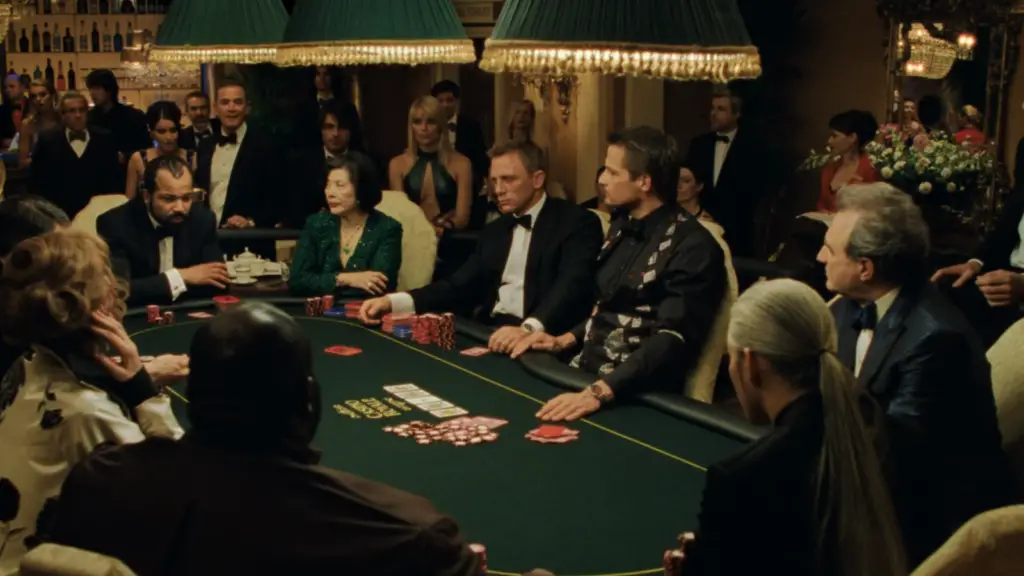
In revisiting “West Side Story,” which was recently re-released in the Blu-ray and DVD formats, it becomes obvious that there actually two films intertwined within the 1961 production: an extraordinary song and dance experience laced within a quotidian dramatic tale.
The good news is that Jerome Robbins’ innovative choreography and the Leonard Bernstein-Stephen Sondheim compelling score are still among the most astonishing artistic creations captured on film. From the jolting opening ballet amid the playgrounds and gutters of Manhattan’s less desirable neighborhoods through the electrifying “America” sequence (with different and much harsher lyrics than the stage version) to the simmering revenge chant “Cool,” “West Side Story” is blessed with some of the cinema’s finest musical achievements.
But things become very different when the singing and dancing stops and the Romeo-and-Juliet love story takes over. A number of critics back in 1961 charitably commented that the plot was more than a little creaky – and by contemporary standards, it is so corny that one could probably fill an ethanol refinery by squeezing the screenplay dry.
The casting of the young lovers complicates matters further. Natalie Wood, carrying a light coat of greasepaint and a heavy Lupe Velez accent, is no one’s idea of a naive Puerto Rican immigrant finding love for the first time, while Richard Beymer is conspicuously lacking in charisma and star power – which may explain why his career petered out shortly after the film’s original release. (His casting only happened because original choices Elvis Presley and Bobby Darin were unavailable.) The well-publicized fact that neither star did their own singing makes their duets slightly ridiculous – what was the point of creating a musical if both of the leads needed to have their songs dubbed? One of the great casting mistakes was not allowing Carol Lawrence and Larry Kert to recreate their Broadway roles as Maria and Tony for the film.
But this is not to say that the film is lacking in merits. George Chakiris and Rita Moreno, in their Oscar-winning supporting performances as the Sharks’ Bernardo and Anita, help to give the film an electric jolt that Wood and Beymer never generate, while Russ Tamblyn struck a career peak as the doomed Jets gang leader. Daniel L. Fapp’s cinematography and Thomas Stanford’s editing give the film a distinctively edgy visual style that was much more kinetic than the approach used on other musicals of that distant era.
My one regret is that I never saw this film on the big screen – this production was clearly intended to tower over an audience. But in the absence of a big screen theatrical re-release, this new home entertainment offering is a great treat for the film’s many fans.
